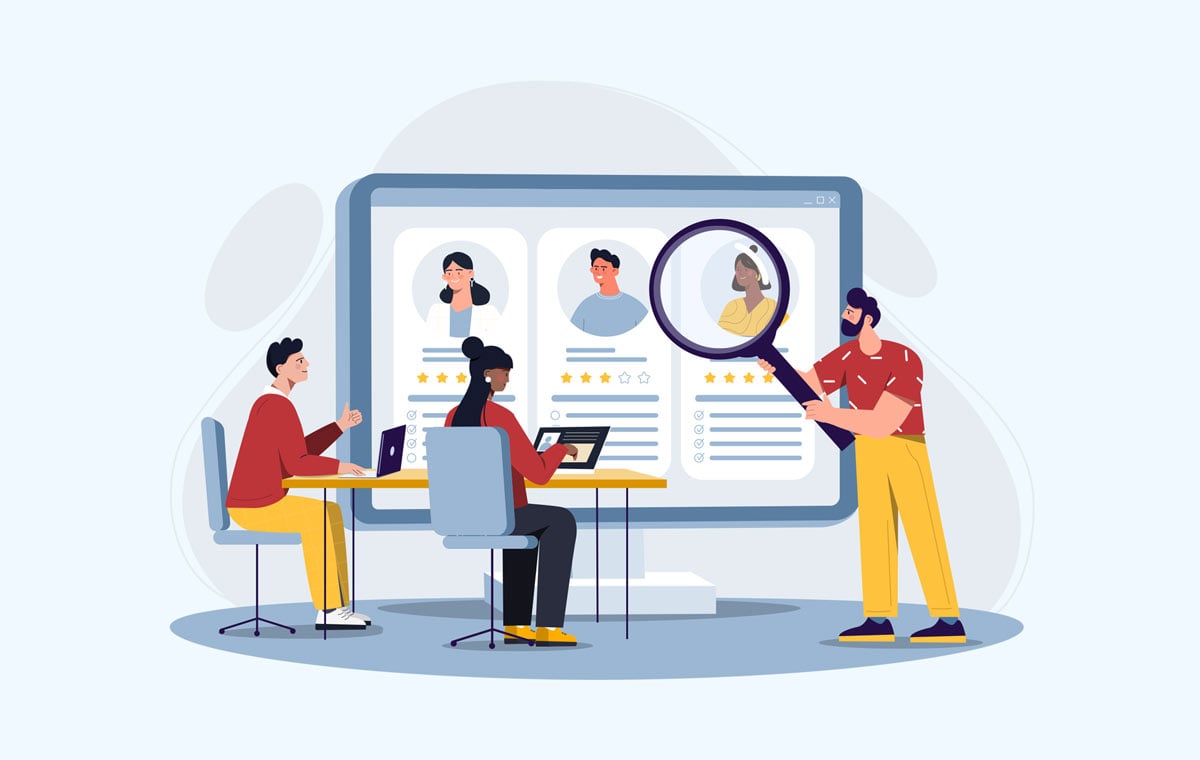In response to major cultural events, organizations often schedule speaking engagements with Diversity, Equity and Inclusion (DEI) leaders, organize mandatory company-wide educational classes, and inevitably promise to continue to “do the work” and coordinate future DEI courses. However, after the one-time instructional course or speaking engagement, plans to ostensibly transform company culture tapers off, with many feeling as though these programs made a difference and that employees were sufficiently educated.
As you can imagine, one-off training sessions are ineffective in addressing institutional issues that go well beyond shortcomings within individual workplaces or organizations.
After decades of research and implementation, DEI consultant Lily Zheng has learned that it takes time and commitment to “do DEI right.”
Zheng provides companies with ad hoc advising, and leadership training, as well as discovery, strategy, structure, and culture consulting. They also provide inspirational speaking engagements on topics such as “Bias-Aware Leadership: Tips and Tools for Managing Unconscious Bias,” “Effective Allyship: Turning Good Intentions into Systemic Change,” and “Away from Purity: Centering Imperfection and Impact.”
Zheng has also authored three books: “Gender Ambiguity in the Workplace,” which explores the discrimination “gender-diverse people face”; “The Ethical Sellout,” which discusses making compromises while maintaining integrity; and “DEI Deconstructed: Your No-Nonsense Guide to Doing the Work and Doing It Right,” which gives workplace professionals all the tools they need to start practicing DEI.
Zheng offers a unique approach to implementing DEI protocols and strategies. Because every company has different goals and problems in need of solving, they believe every solution should be customized.
“Every service I provide, from strategy consulting to executive coaching to DEI education, is designed to take my client’s unique situation into account in creating a high-impact end product,” Zheng writes on their website. “No two talks, strategy discussions, or coaching sessions ever look the same, even for my repeat clients with which I’ve worked for years.”
While every company requires personalized solutions, Zheng offers general advice every business should follow when doing DEIB work.
In fact, their latest book, “DEI Deconstructed: Your No-Nonsense Guide to Doing the Work and Doing It Right,” serves as a tangible starting point for any professional—not just organizational leaders—interested in engaging consistently with DEI.
Ten years in the making, Zheng wants this new release to “change the industry”—packing it with practical advice, resources, studies, and tactics from the best DEI practitioners to help people start working to make a difference.
“One of the most common questions I get during my Q&As is, ‘Lily, what can I do today or tomorrow that’s tangible, and tactical, and practical to move the needle?’ And the book is that answer to that,” Zheng explains. “I essentially say, ‘Okay, you don’t have the excuse anymore of saying you don’t know what to do.’”
Although many organizations have publicized their commitment to DEIB—especially in the past few years—meaningful engagement is still somewhat lacking.
“Right now in our field, not everyone doing DEI work or requesting DEI work sees it as problem solving. They don’t necessarily see it as connecting real solutions with real problems,” Zheng explains. “They see it as, ‘We’ve just arbitrarily picked a solution that sounds good, that sounds trendy, that sounds interesting, that’s cheap, and we’re just going to throw it at our company and hope it fixes something.’”
Rather, data, accountability, follow-up, and grounding in tangible outcomes are all necessary to ensure DEI work becomes a way of company culture—not just a one-off.
Isolated efforts can do more harm than good, Zheng says, because businesses fail to address any real issues, lose stakeholder trust, and keep leaders and DEI practitioners “forever on a hamster wheel.”
The key to promoting long-term success is to treat DEI as a practice of solving systemic inequities—digging deeper to be more rigorous and act with more accountability.
“If you’re going to fix that problem, you need to recognize that it’s not just one problem. It’s that everything about the way your company is designed reinforces the wrong thing,” Zheng says. “So, fixing that is organizational change. And in the same way that you can’t change any organization in a day, you can’t achieve these DEI goals in a day.”
In an article titled “A Step-by-Step Guide to Transform Diversity & Inclusion into Anti-Racism,” Zheng provides five such ways executives can “dig deeper” to create an anti-racist company after a moment of crisis.
The first step: Stay away from one-time actions as these are crisis control tactics, not long-term solutions. Although such actions may be an essential first step, they should be used as a jumping off point for further education and understanding.
The second step: Create a team to guide and implement long-term change and DEI efforts. Ensure the group is a mix of senior leaders, lower-level employees, and external consultants.
The third step: Create a shared vision of what an anti-racist workplace looks like. Zheng offers questions such as “In an anti-racist future, what should the experiences of people of color be in this company?” and “What isn’t happening now in this company that needs to happen?”
The fourth step: Implement a strategic plan. This can include creating DEI positions, funding new initiatives, writing a new DEI policy, and more.
The fifth step: Do the anti-racist work. These actions shouldn’t fall by the wayside. Employees and leaders should continue to make strides toward their dedicated plan and goals.
In an article for Harvard Business Review, Zheng addresses reasons why employees typically don’t feel safe reporting discrimination or abuse.
“Studies consistently found that the primary reason for low reporting rates is retaliation, where employers or individuals respond to reports of discrimination or mistreatment by further punishing or marginalizing the victim,” they write.
To address this problem, Zheng offers four basic solutions:
- Company leaders must make a public commitment to develop better reporting processes.
- Bring in an external resource such as a private therapist or Employee Assistance Program to “support victims of harassment and discrimination.”
- Provide an off-record resource to provide guidance to employees considering reporting.
- Design an anonymous reporting channel to protect reporters.
It’s especially important employers implement policies to protect nonconforming employees because “the National Center for Transgender Equality’s 2015 U.S. Transgender Survey revealed that one-in-six respondents who had ever been employed reported being fired, denied a promotion, harassed, or attacked because of their gender identity or expression,” writes Zheng in their article titled “Transgender, Gender-Fluid, Nonbinary, and Gender-Nonconforming Employees Deserve Better Policies.”
They offer several changes to policy including:
- Avoiding the collection of gender information unless necessary
- Asking colleague pronouns before assuming
- Using the pronouns your colleagues ask you to use
- Enabling individuals to self-identify beyond binary “man” and “woman”
- Creating gender-inclusive bathrooms
- De-gendering dress code policies
- Examining the hiring practices
- Making transition policies flexible
“It’s clear that it’s not sufficient for companies to be well intentioned when it comes to creating and enforcing inclusive policies,” Zheng writes. “In order to actually support employees of all gender identities and expressions, company leaders will have to take a different approach that balances flexibility, privacy, and access.”
Throughout all of these initiatives, Zheng reiterates that doing DEIB work the right way takes time to “explore problem-solving with the breadth and depth that these efforts demand.”
Given the extent of these deep-rooted patterns entrenched in many companies, the aforementioned tangible steps become key to making real changes.
“There are so many different aspects of this work, and that’s why it takes time,” Zheng says. “It’s not just this abstract, ‘We have to take time to do this work right,’ it’s that time is needed to do all of the work required to actually fix these real problems.”
However, it is from this, Zheng adds, that there is hope for success in DEIB—born from a sense of efficacy and an understanding of how to do the work and succeed.
InclusionHub is an online resource directory dedicated to raising awareness about and improving DEIB, digital accessibility, and other important issues. To learn more about how your organization can cultivate meaningful DEI efforts, contact us today.






Leave a Comment